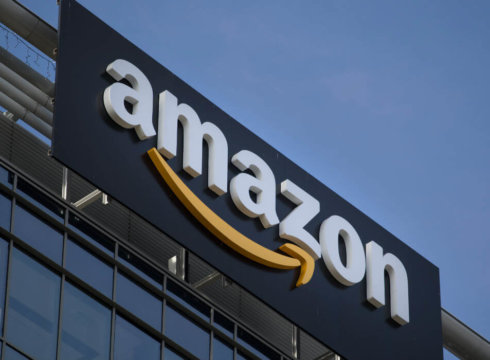SUMMARY
Amazon will not walk out of discussions involving self-censorship in India but is opposing the move
Amazon India assumes that paying adults are responsible for what they watch
The company believes that any self-censorship may alienate viewers in India
Inc42 Daily Brief
Stay Ahead With Daily News & Analysis on India’s Tech & Startup Economy
Just over a week after it was reported that over-the-top (OTT) content players in India such as Netflix and Hotstar were looking at options to self-regulate their content in India, it has emerged that Amazon India has other plans.
The Seattle-based company is reportedly trying to dissuade other players to drop the idea, fearing that it will alienate viewers in India.
It was earlier reported that OTT players in India, including Amazon, allegedly met in New Delhi to discuss the possibility of censorship codes and what they would look like.
“Amazon will not walk out of the discussions, though, and will continue to engage with its peers,” people familiar with the matter were cited as saying in a media report.
Amazon offers access to Prime Video and Music as part of its Amazon Prime membership, which currently costs $13.82 (INR 999) in India. The company feels that its subscribers might express outrage if the former adopts an industry censorship code and makes any alterations in movies and shows that the subscribers have paid to watch.
An email sent to Amazon India did not elicit any response till the time of publishing this news. We will update the post as and when we hear from them.
“It assumes that paying adults are responsible for what they watch,” another person familiar with the matter was cited as saying in the report.
Some of the top concerns of these video on demand (VOD) companies are regulatory uncertainty, unpredictable censorship, and court rulings that could impact their long-term business potential in India.
A total of about two dozen people are said to have attended the meeting last week and it was reported that the discussions were at a very early stage with opinion among the participants divided, according to another executive who attended the meeting.
According to PriceWaterHouseCoopers (PWC), India provides a huge opportunity for online video providers. Apart from the traditional over-the-top (OTT) players in the market, major broadcasters in the country have also invested in this segment and launched their own OTT platforms.
According to PWC, the main hindrance in the OTT market in the country is the average price for cable and satellite subscriptions, which limits subscription revenues for the OTT players.
In India, about 250 Mn people viewed videos online during 2017, a figure that is expected to double to 500 Mn by 2020, according to FICCI – EY report 2018.
Note: We at Inc42 take our ethics very seriously. More information about it can be found here.


